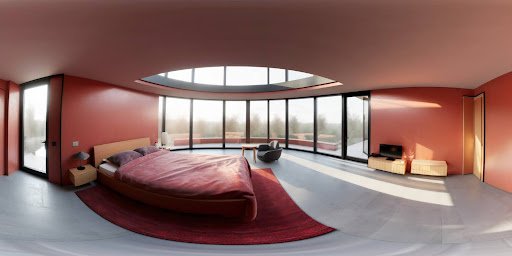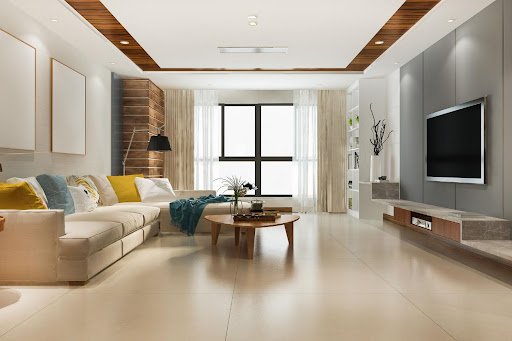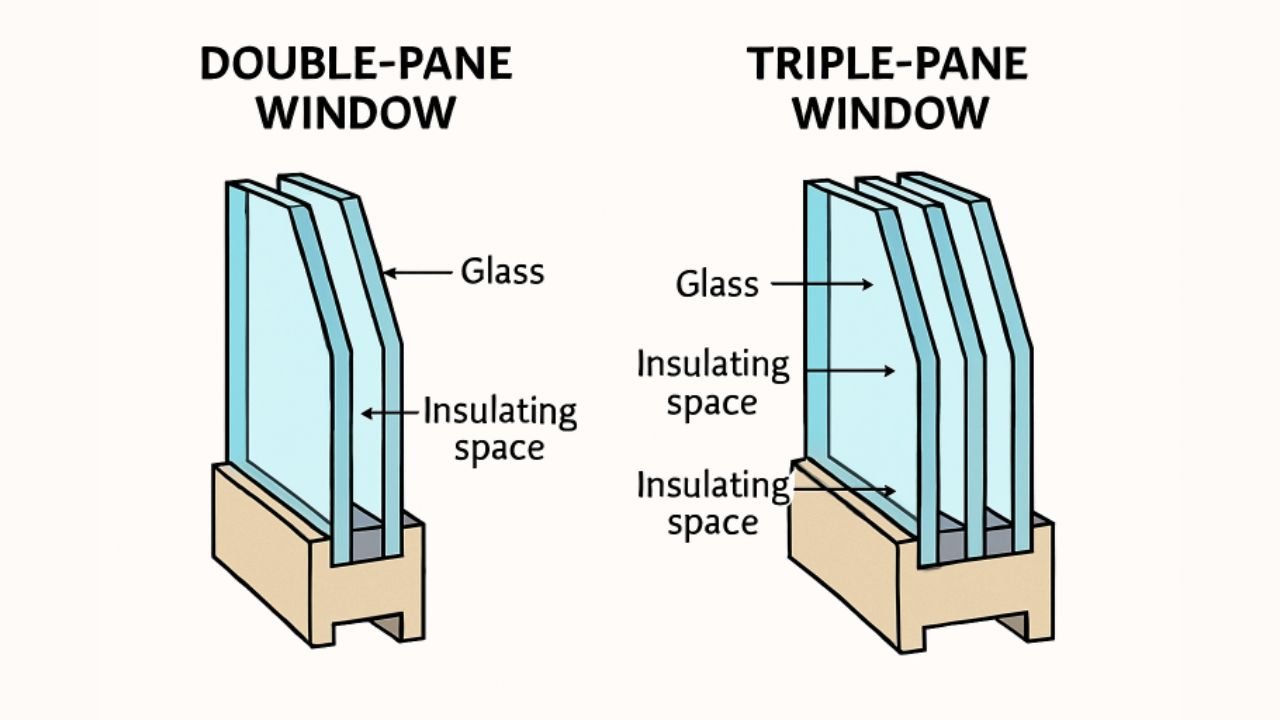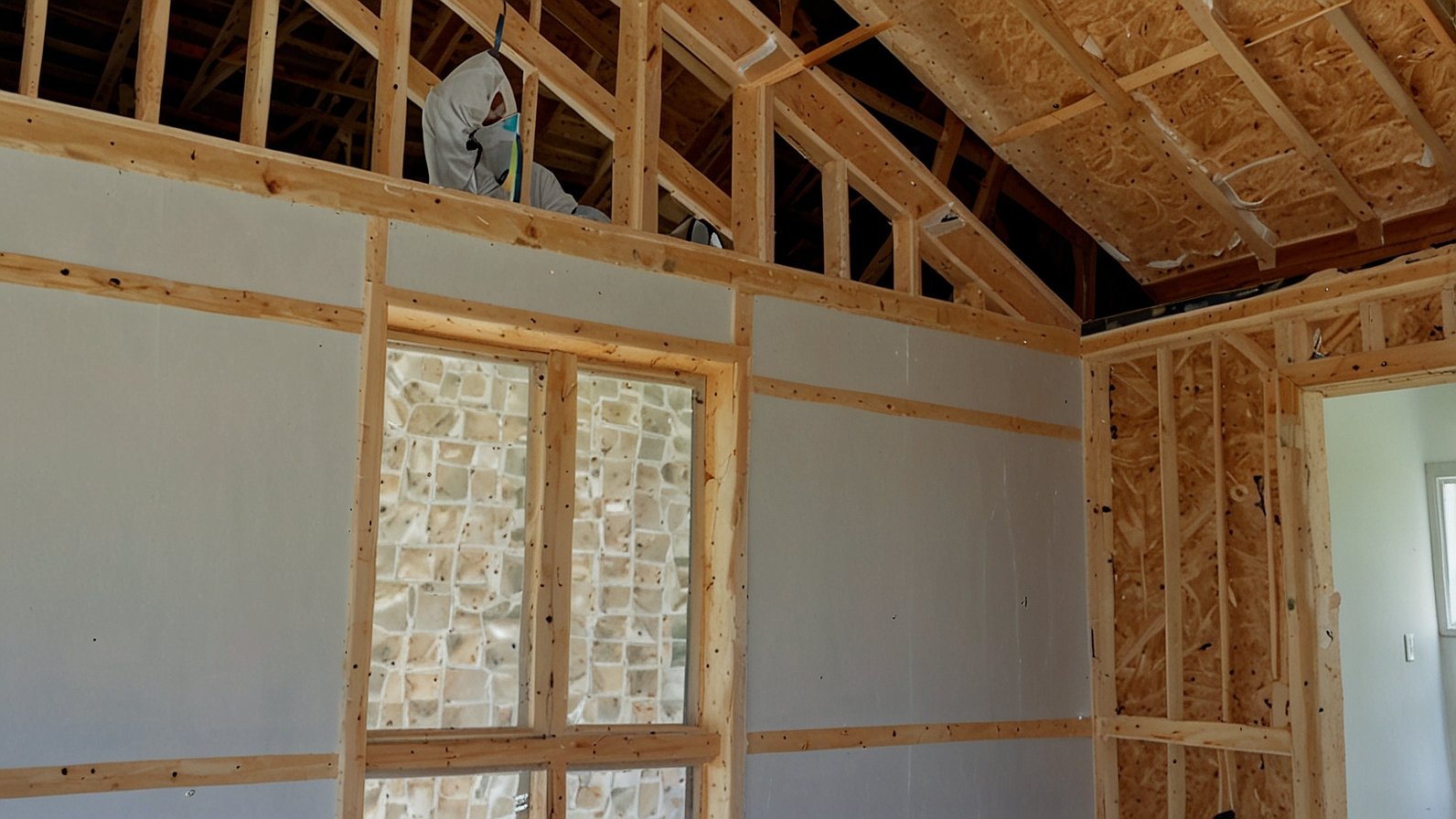Transform your living room into a harmonious blend of functionality, warmth, and personal expression. This high-quality guide reframes the design concept around thoughtful choices—from layout and lighting to materials and identity—ensuring that every element serves both aesthetic and practical purposes.
Inspiration comes from many quarters—platforms like interior design inspiration showcase real‑world ideas spanning minimalist to modern styles, helping you envision how materials, lighting, and layout coalesce in beautifully cohesive ways. Let this influence guide your own design journey as you craft a living room that truly reflects your lifestyle.
1. Designing with Intent: Function Determines Form
At the heart of any compelling living room lies a clear understanding of its purpose. Are you aiming for a social hub, a cozy retreat, a media-centered den, or a multi-functional family space? The principle “form follows function”, coined by Louis Sullivan, insists that the visual layout of a room should seamlessly mirror its intended use.
Start with mapping zones: a conversational seating area, an entertainment/media corner, and perhaps a reading alcove. Maintain circulation paths of 30–36 inches to ensure ease of movement . Seating, whether a sofa or a grouping of chairs, should face each other to foster conversation. A rug sized so that at least the front legs of furniture rest on it helps ground the layout.
This clarity isn’t about rigidity—it’s about giving each zone a purpose, leading to furniture choices, lighting needs, and material selections that all feel intentional and cohesive.
2. Establishing a Spatial Flow and Visual Rhythm

Once zones are set, weave a visual rhythm through repetition, progression, and transitions, akin to musical composition. Repeat a color, material, or shape in pillows, throws, frames, or decorative objects. For example, a neutral palette on walls and major furnishings can be echoed subtly in upholstery, vases, lamp bases, or artwork.
Progression guides the eye: perhaps a cluster of three candles increases in height as they approach a central sculpture, or cushions shift from small-scale patterns to large-scale prints.
Transitions—through texture or color gradation—help significant zones flow into each other. A rug can define social seating, while a consistent wood tone in shelving and media console links zones harmoniously. This soft choreography of elements ensures your space feels thoughtfully curated, not haphazard.
3. Layered Lighting: Warmth, Depth, and Flexibility
Lighting is where function meets atmosphere. Interior lighting experts advocate layered lighting—ven ambient, task, and accent sources working synergistically
- Ambient lighting provides an even illumination suitable for general use. Choose ceiling fixtures or recessed lights that complement scale and furniture layout.
- Task lighting is focused—for reading by an armchair, playing games, or working. Floor and table lamps with 2700K‑3000K warm tones offer intimate functional light.
- Accent lighting highlights art, shelves, or architectural features. Think wall washers, picture lights, or LED strip beneath floating shelves, about 3× brighter than ambient light
Include dimmers for adaptability—bright light for cleaning or chores, soft glow for evening relaxation. Well-layered lighting adds tangible warmth and spatial definition.
4. Texture and Material Contrast: Creating Tactile Richness
A living room should engage all the senses, and texture is how it does that. Use the interplay of soft fabrics and hard finishes—plush rugs, velvet or boucle upholstery, smooth metals, warm wood, and cool glass .
- Soft, tactile materials (wool rugs, velvet chairs) offer comfort and warmth.
- Hard materials (stone, tempered glass, metal accents) bring stability and contrast.
- Natural wood evokes organic warmth; polished metal or glass lend sophistication and lightness.
To add depth, layer – imagine a linen throw over a dark velvet sofa, a wooden coffee table with a metal tray, and a jute rug beneath a glass‑top side table. These juxtapositions engage both touch and sight. Not only does this layering provide visual interest, but it also defines zones and contributes to spatial experience.
5. Color and Mood: Balanced Yet Expressive

Color is the emotional tone-setter. A time-tested approach is the 60‑30‑10 rule: 60% go to base (walls, floor), 30% to secondary (large furnishings), and 10% to accent (pillows, art)
- Neutrals like beige, gray, and white form a timeless base.
- Secondary hues include richer neutrals or muted tones—deep olive, terracotta, or moody blue.
In 2025, richer earthy browns, chocolate tones and layered palettes are trending. - Functional accents—say coral pillows, emerald vases, or ochre throws—add bursts of energy.
Color psychology matters: calming blues, energizing greens, comforting earth tones, and invigorating reds each evoke specific moods . Choose based on your room’s primary emotion: tranquility or vibrancy. Avoid overly saturated colors as they fatigue. Instead, use accent elements to strike emotional balance.For more free interior design plans, please visit the official website of EClife.com
6. Focal Point & Composition: Anchors of Attention
Every well-designed living room needs an anchor—a visual centerpiece around which design orbits. This could be:
- A fireplace or TV wall
- A large statement artwork
- A custom built-in or shelving
Once identified, arrange seating to face it. Lighting can reinforce focus—highlight the artwork or mantel with accent fixtures. Visual tension is healthy: surround a dramatic focal point with quieter textures and colors so it truly pops.
Install the piece at eye level (typically 4–6 ft above floor), or sized to fill two-thirds the width of a sofa. Fine‑tuning around the focal piece helps your living room feel considered and cohesive.
7. Biophilic and Sustainable Elements: Nature as Design
Bringing natural elements inside is more than aesthetic—it supports wellness. From the biophilic design perspective, living rooms benefit from:
- Direct nature: abundant natural light, indoor plants, natural ventilation
- Natural materials: wood, stone, natural-fiber rugs, cotton or linen upholstery
- Natural colors: earth tones, soft greens, sky blues
Plants not only soften spaces but also help clean air and improve mood. Sustainably sourced wood or eco-friendly fabrics reduce environmental impact
This connection to nature enhances comfort and contributes to environmental stewardship.
8. Personalization and Layered Styling
Your living room should narrate your life. Incorporate:
- Sentimental items: vintage finds, souvenirs, art, family photos—devices that spark connection
- Stylistic blends: avoid “matchy-matchy” sets. Mix a mid-century chair with a wrought iron table, marble top console with woven basket storage.
- Layered accessories: thoughtfully array candles, books, ceramics and natural elements on shelves and tables.
Aim for balance through repetition—a metal frame echoed in lamp bases and shelving brackets; a green accent repeated in rugs, pillows, and plants. Let key items tell your story, not clutter.
9. Planning Process: Intentional and Adaptive
A high‑impact living room unfolds in stages:
- Measure & sketch: capture windows, doors, niches.
- Define your primary function: lounging, entertaining, media, reading.
- Choose color direction: base, secondary, accent.
- Anchor with core pieces: sofa, rug, lighting.
- Layer materials and textures gradually.
- Select focal item: art or statement furniture.
- Add personal touches: plants, cushions, accessories.
- Live and adjust: tweak layouts, swap pillows, shift lighting.
This iterative approach leads to intentionality—and a living space that evolves organically.
Final Thoughts:
A sophisticated living room is not built from a checklist – it results from a clever coordination of function, light, material, color and personality. By taking care of every aspect of good living room design – layout, lighting, material, color, focal point, proximity to nature, personalization – you can create depth and authenticity.
Your living room interior design space should invite you in: a light-filled reading corner, a conversation circle surrounded by a rug, a touch of greenery, warmth from wood and textiles, and a ray of light from a personal story.
Design is a practice of living. Make your living room a laboratory for experimentation and reflection, it will become more than a room, it will be a reflection of you as a person.
READ ALSO: Creating the Perfect Outdoor Space with Custom Concrete Features










